Planning your own trip? Prepare for your trip
Use Rough Guides' trusted partners for great rates
Plan and book your private, tailor-made tour with vetted local experts
Figueira da Foz is the largest and busiest seaside resort on Portugal’s central coast. It faces what the town claims to be Europe’s widest beach, a 2km stretch of sand so broad it can take ten minutes to walk from the promenade to the water. In summer, it fills with sunbathers, swimmers, and families dragging parasols toward the surf.
The town itself is harder to love at first glance. High-rise apartment blocks crowd the seafront, the result of decades of unplanned development. But step inland and the atmosphere shifts. Around the casino, narrow streets hold cafés, bakeries, and small shops that still feel local. There’s a solid municipal museum, a working port, and enough energy to give the place its own character.
Surf is strong on both sides of the river. Praia do Cabedelo, across the bridge, draws a regular surf crowd. Buarcos, twenty minutes on foot from the center, offers smaller restaurants and a low-key maritime museum with a view of the old fishing boats.

Hey, I’m Sara, your Portugal travel expert. Figueira da Foz sits at the mouth of the Mondego River and is home to one of the widest beaches in Europe. For decades, it’s been a summer escape for city-dwellers, surfers, and families looking for space by the sea. The town itself is a mix of concrete high-rises, tiled backstreets, and a steady working port that keeps things from feeling too polished.
This Figueira da Foz travel guide gives you the essentials: how to get there, where to stay, and what’s worth your time once you’ve seen the beach. Beyond the sand, there’s a surprisingly strong surf scene, a good municipal museum, and a quieter neighbourhood called Buarcos that’s worth the walk.
Sara’s tip
Head to Buarcos in the late afternoon. It’s just north of the main beach and has smaller restaurants, fewer crowds, and a wide view back toward the town. The seafood is better priced, too.
Best time to visit
Late spring and early autumn are the sweet spots. May, June, and September offer warm weather without the full summer crowds. July and August are peak season with packed beaches and long waits at restaurants. Winter is quieter and more subdued, better for surfers, long beach walks, or watching Atlantic storms roll in from a café window.
How to get to Figueira da Foz
The train station is just outside the center with regional services from Coimbra and Lisbon, usually via a connection in Entroncamento. There are also regular buses from Lisbon, Porto, and nearby towns. Driving is the most direct option. From Lisbon, it’s about two hours by car. From Porto, it’s closer to ninety minutes. Parking is easy outside of summer, but can be tight near the beach in peak season.
Best areas to stay in Figueira da Foz
Figueira da Foz is on Portugal’s central coast, at the mouth of the Mondego River, roughly halfway between Lisbon and Porto. It’s about 40 km west of Coimbra and easily reached by road or rail from most major cities.
Often included among the best places to visit in Portugal for beach lovers, Figueira is best known for its enormous stretch of sand, one of the widest urban beaches in Europe. The town sits along the Atlantic, with views that open straight onto the ocean. Inland, it connects easily to Coimbra, while across the river, you’ll find quieter surf spots like Praia do Cabedelo. The seaside suburb of Buarcos marks the north end of town and offers a more laid-back feel, with smaller beaches and seafood restaurants tucked between houses.


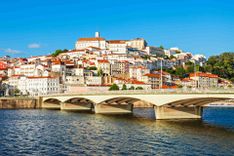
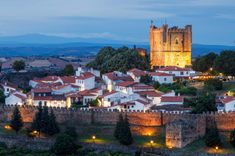

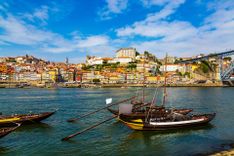










Figueira da Foz is flat in the center, easy to navigate on foot, and has decent road access to nearby beaches and surf spots. The town stretches along the coast, with the old center, casino, and main beach all within walking distance. For getting further afield, or across the river to the surf, you’ll need wheels.
One full day is enough to get a feel for Figueira da Foz. You can walk the beach, explore the old town, visit the municipal museum, and head north to Buarcos for dinner. If the weather’s good and you’re here to relax, add a second day to slow the pace and spend more time at the beach or exploring the riverfront.
Surfers may want to stay longer, especially if you plan to make the most of Praia do Cabedelo across the river. A third day gives you time for a day trip inland to Coimbra or south to the lagoons and dunes around Mira.
If you’re including Figueira in a longer Portugal itinerary, it works well as a two-night stop between Lisbon and Porto, enough time to reset by the sea without rushing through it.

Figueira da Foz, Portugal © Shutterstock
Figueira da Foz has the look of a no-nonsense beach town, but give it time, and it starts to unfold. You’ll find working-class energy alongside faded glamour, a surf culture with real roots, and just enough offbeat detail to make it feel lived-in rather than built-for-tourists. Here’s what to do when you’re not lying on the sand.
The beach is not just long, it’s wide. So wide, in fact, that standing at the edge of the promenade, the sea looks like a horizon in the distance. It can take a solid ten minutes to cross the sand. That walk is part of the experience. The texture changes underfoot, and by the time you reach the water, the town feels a long way behind you.
On calm days, swimmers wade out between sandbars. When the wind picks up, kites and paddleboards appear. The best time to walk the beach is early morning or late afternoon, when the light is low and the heat backs off. There are plenty of beach cafés, but you’ll also see locals pulling coolers across the sand, settling in for the day.
On the other side of the river, Praia do Cabedelo is Figueira’s surf beach. You’ll find it quieter, windier, and more exposed than the main beach, with rougher waves and fewer swimmers. The dunes are protected, and a wooden boardwalk runs through the grasses to a wide strip of golden sand.
Most people come to surf. There are board rentals and lessons available for all levels. Even if you’re not getting in the water, it’s a place to breathe and watch the Atlantic do what it does best: big skies, rolling waves, and a horizon that shifts all day. Bring snacks or settle into the café behind the dunes, which serves strong coffee and cold beer.
This maritime museum sits in an old stone building in Buarcos, a part of town that still remembers when cod fishing shaped entire families. Inside, the space is small but packed. You’ll see model ships, photos of local boats from the 1900s, and tools from sardine and bacalhau fishing.
The exhibition is deeply local. Items are donated, labels are handwritten, and you may be the only visitor there. It’s the opposite of polished, but that’s why it matters. It connects you to the people who built this town long before the hotels arrived.
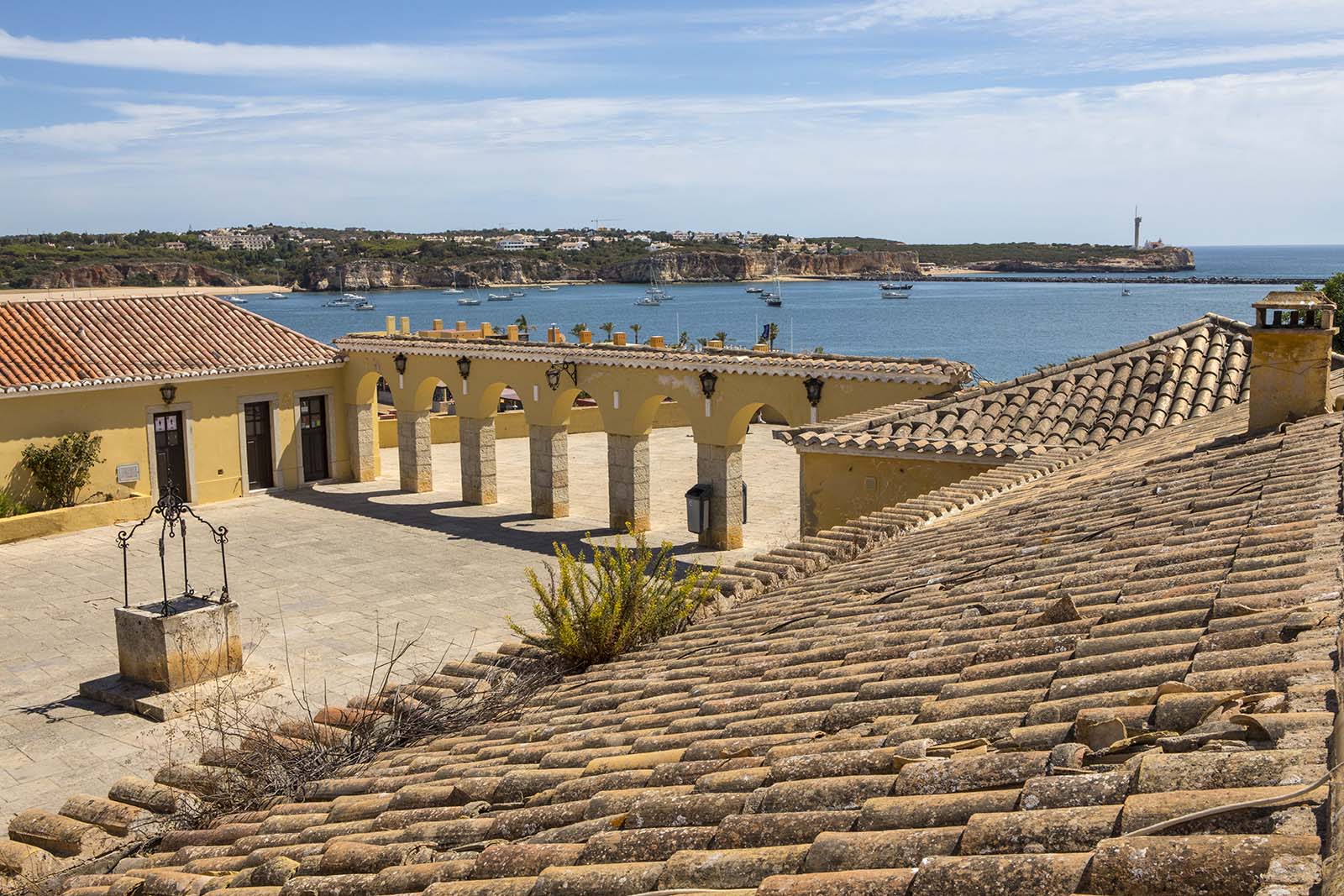
A view inside the historic Fort of Santa Catarina in Portimao, Portugal © Shutterstock
Built in the 1500s to defend the river mouth, this squat little fortress now overlooks the marina and the town’s busiest beach. It’s easy to miss, but don’t. The fort is open to the public and free to wander, and from the top of the walls, you get one of the best views in Figueira.
Come at sunset. The stone warms in the light, gulls circle over the boats, and the sky reflects off the river. The cannons still point out to sea. It’s a quiet place to stop, just a short walk from the cafés and crowds.
Behind the casino, Figueira’s 19th-century resort district still holds its shape. Known as the Bairro Novo, this was once the fashionable part of town, where Lisbon’s upper class came to take the air and promenade by the sea.
Some of the villas are restored. Others are peeling and faded, with cracked tiles and shuttered balconies. There are art nouveau façades if you look up, and occasional flashes of old grandeur. The streets are wide and tree-lined. You’ll pass ice cream shops, bookstores, and cafés with regulars who’ve been coming here for decades.
Most people miss this museum, but they shouldn’t. Housed in a clean modernist building, the collection covers Roman artefacts, medieval religious pieces, African sculpture, and a strong showing of 19th-century Portuguese painting.
What makes it interesting is the variety. One room holds pre-Roman pottery from the region. Another shows colonial-era trade goods. There’s a quiet reading room with tiled floors and local newspapers, if you want to pause longer. It’s a good place to cool off and a reminder that Figueira has always been more than just a beach town.
The heart of Figueira is its market. Even if you’re not buying produce, come early to see it alive. The fish hall is where it happens: rows of stainless-steel counters with gleaming sardines, dour vendors, and buyers checking the eyes and the smell before handing over coins.
Near the market, a few spots serve grilled fish on the side streets. No tablecloths, no English menus, just bread, fish, potatoes, and salad.
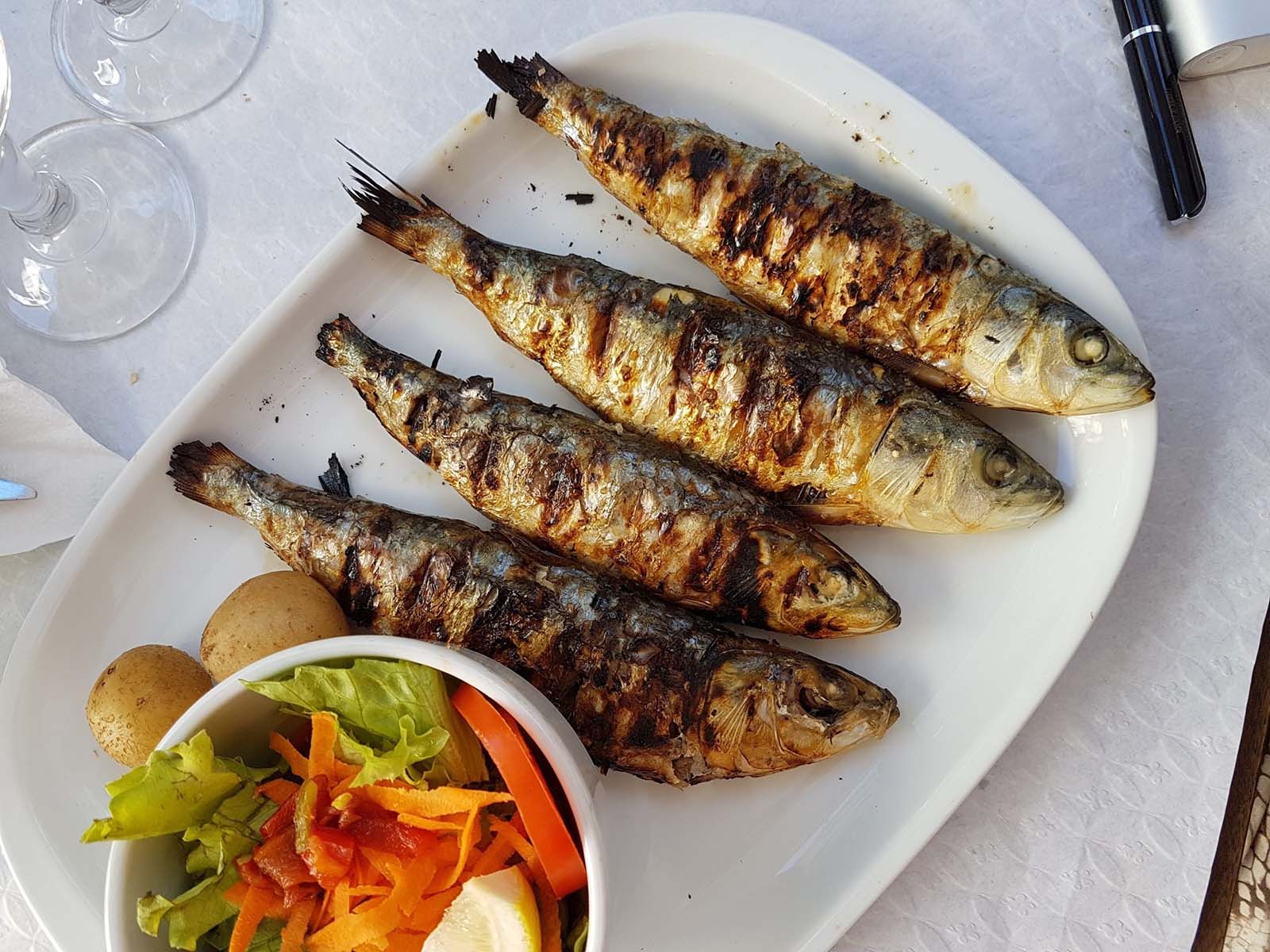
Grilled sardines © Shutterstock
North of the main beach, Buarcos is quieter, older, and full of small corners that still feel like a fishing village. The beach here is narrower and more sheltered, with fewer umbrellas and more space to think. The promenade leads all the way from Figueira, and the walk takes about 20 minutes at a steady pace.
Once there, follow your nose. Some of the best seafood is served at local tascas hidden behind the front. Order caldeirada or arroz de tamboril if it’s on the board, and don’t be afraid to eat early; some places close before sunset.
It’s a short ride inland, but Coimbra is a world away from Figueira. The hilltop university, the library with chained books, the echo of students in black capes, it’s all here, and you can see the best of it in a day.
Trains run regularly, and once you’re there, most of the sights are walkable. Start in the upper town, work your way down to the river, and leave time for a meal before heading back to the coast.
The Atlantic at Figueira is clean but often rough. Red flags go up frequently in summer, and the current can be strong. If you’re confident, dive in and brace for the cold. If not, walk toward the saltwater pool just off the promenade. It’s shallow, well-kept, and usually less windy than the open beach.
This is where families bring kids, where older locals do laps, and where you can float without worrying about the tide. It’s not as dramatic as the surf, but sometimes that’s the better choice.
Figueira da Foz has a mild Atlantic climate, shaped by its location on Portugal’s central coast. Summers are warm and dry, winters are cooler with more rain, and the sea breeze never fully disappears. Unlike Lisbon or Porto, humidity tends to stick around, and foggy mornings are common in spring and early summer.
Average temperatures range from 50°F (10°C) in January to 80°F (27°C) in August. Sea temperatures hover between 57°F (14°C) in spring and 68°F (20°C) at the peak of summer. If you’re planning beach days, it’s worth checking both wind and surf forecasts; the Atlantic here doesn’t always play nice.
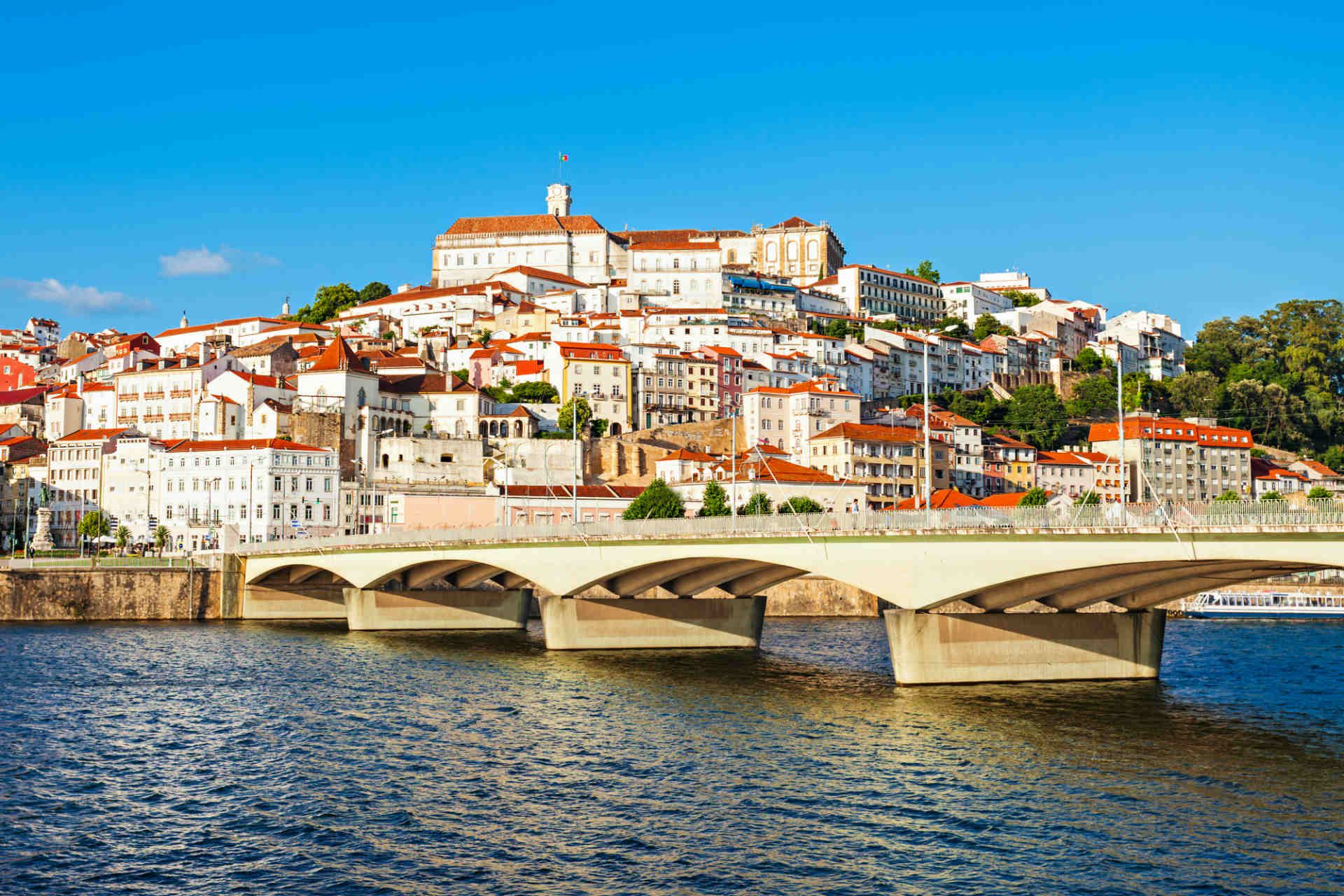
Coimbra, Portugal © saiko3p/Shutterstock
Figueira’s food scene is local, no-nonsense, and rooted in the sea. You’ll find grilled fish on lunchtime menus, tascas with handwritten specials, and a few fancier places near the marina that go big on presentation. Portions are generous, ingredients are fresh, and the best places don’t try too hard.
Figueira da Foz doesn’t need much hand-holding, but if you want more than just beach and seafood, here are a few local-led experiences worth your time.
Discover Portugal's most captivating stories
Use Rough Guides' trusted partners for great rates
written by
Olga Sitnitsa
Online editor at Rough Guides, specialising in travel content. Passionate about creating compelling stories and inspiring others to explore the world.